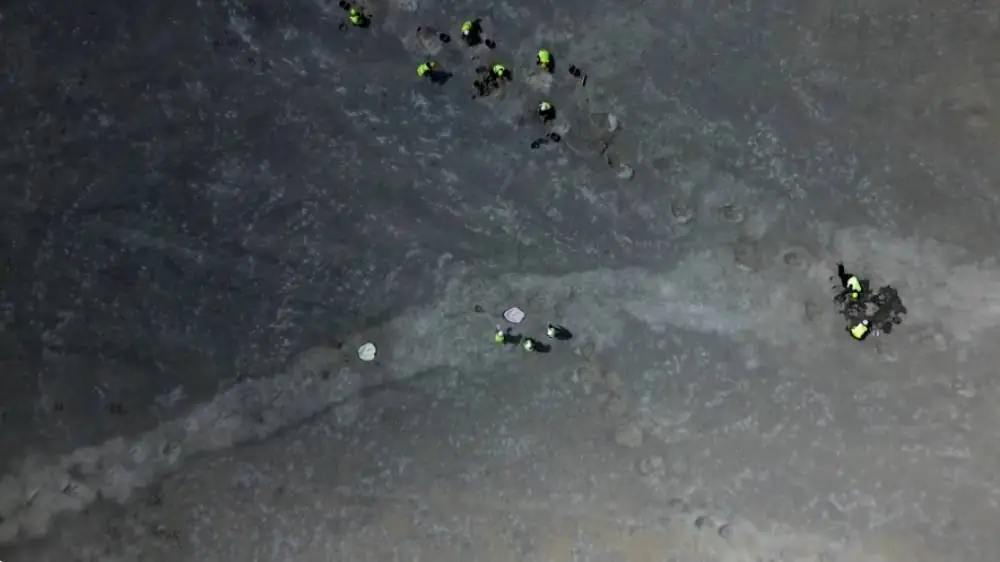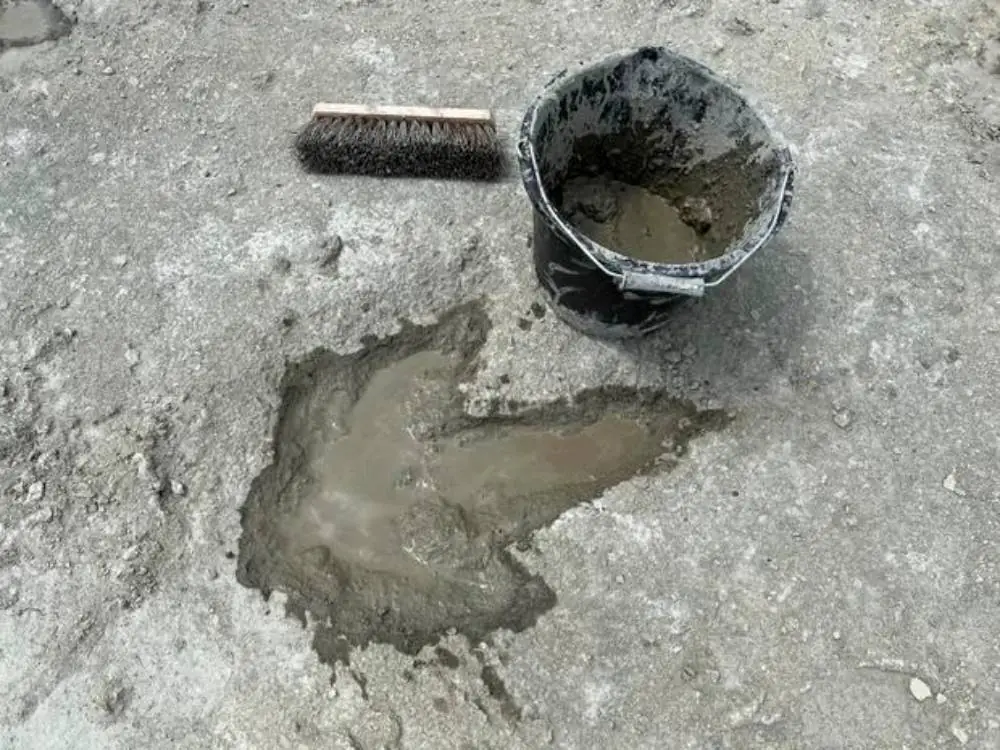BRITISH researchers have uncovered around 200 dinosaur footprints, believed to be the largest discovery of its kind in the United Kingdom, dating back 166 million years.
The find was made by teams from Oxford and Birmingham Universities at a quarry in Oxfordshire, central England, following an initial discovery by a worker who noticed “unusual bumps” while operating a mechanical digger, as revealed in a new media documentary.
Prof. Kirsty Edgar, a micropaleontologist from the University of Birmingham, described the discovery as “one of the most impressive track sites I’ve ever seen,” adding that it provides a rare opportunity to envision these massive creatures moving around in their environment.
“You can step back in time and get an idea of what it would have been like,” she said.

The site contains five major trackways, with the longest continuous one measuring nearly 500 feet.
Four of the trackways are believed to have been created by a long-necked herbivorous dinosaur, likely a cetiosaurus.
The fifth trackway likely belongs to a nine-meter-long carnivorous megalosaurus, known for its distinctive three-toed feet with claws.
Emma Nicholls of Oxford University’s Museum of Natural History remarked on the rarity of finding so many footprints in one location, noting that the site could be one of the largest dinosaur track sites in the world.
THRILLING DISCOVERY
The discovery, made during a week-long excavation in June by a 100-strong team from Oxford and Birmingham, will be featured in one documentary Digging for Britain, set to air on January 8.
The footprints follow a smaller discovery in 1997 when 40 sets of tracks were uncovered in the same area during limestone quarrying.
Some of those tracks spanned up to 180 meters in length.

The team documented the latest find with over 20,000 photographs and detailed 3D models using aerial drone photography, hoping to shed light on dinosaur behaviors, their size, and the speeds at which they moved.
Duncan Murdock from Oxford’s Museum of Natural History expressed the excitement of the discovery, saying, “Knowing that this one individual dinosaur walked across this surface and left exactly that print is so exhilarating.”
Richard Butler, a paleobiologist from the University of Birmingham, suggested that a storm event might have helped preserve the tracks by depositing sediments over them, preventing them from being washed away.
Gary Johnson, the quarry worker whose discovery triggered the excavation, described the experience as “surreal,” recalling the moment he realized he was the first to see the footprints.
This discovery follows a recent find of matching dinosaur footprints on two continents, thousands of miles apart, and is part of a series of dramatic dinosaur-related finds, including last year’s discovery of footprints believed to belong to a mantellisaurus.
